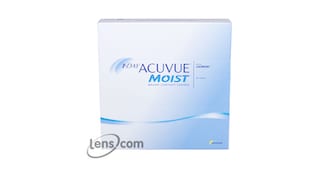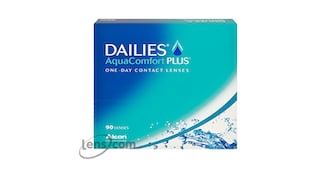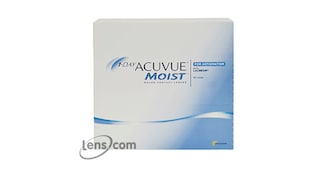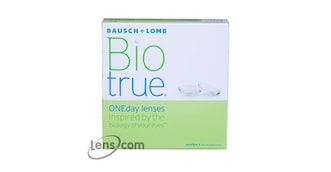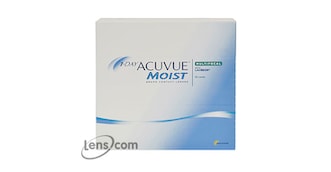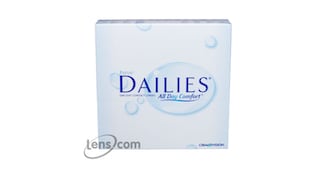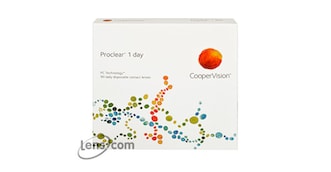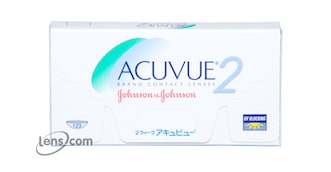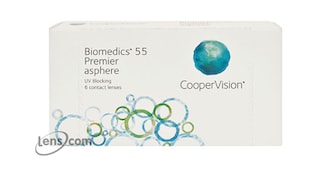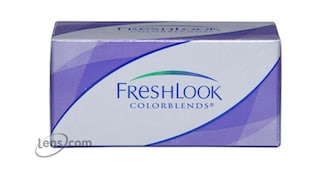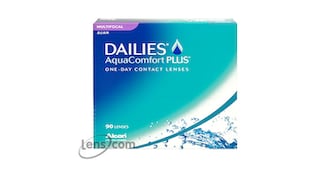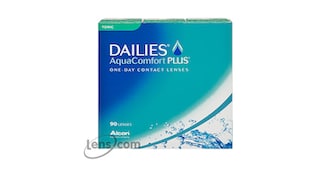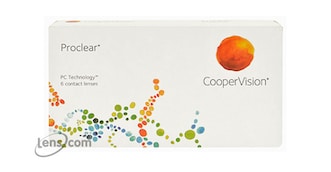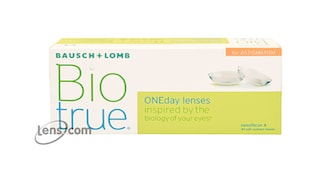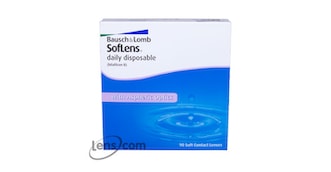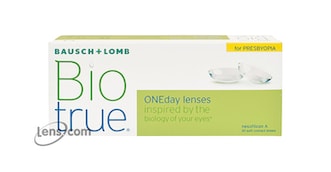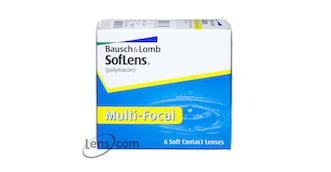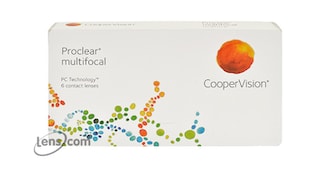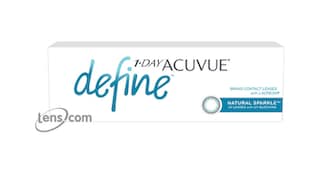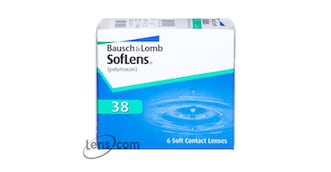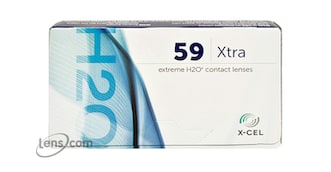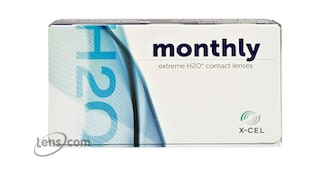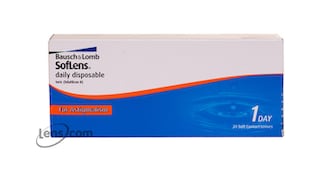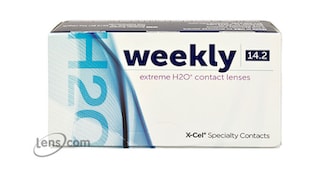Hydrogel Contact Lenses
Hydrogel contact lenses are made of a water-infused polymer known as hydrogel. Hydrogel is a thin and pliable material, allowing it to conform to the shape of the eye. It also stays soft during wear, and it helps the eyes “breathe.” These exceptional features ensure a comfortable lens-wearing experience, even for first-time lens wearers.
| Most Popular Hydrogel Contact Lenses Contact Lenses | |||
|---|---|---|---|
| All Hydrogel Contact Lenses Contact Lenses | |||
|---|---|---|---|
| Hydrogel Contact Lenses Contact Lenses With Rebates | |||
|---|---|---|---|
See All Available Hydrogel Contact Lenses Rebates
| Rebates for Order Amounts | |||
|---|---|---|---|
| Hydrogel Contact Lenses Brand Products | 4 Boxes | 8 Boxes | |
| 1-Day Acuvue Define | -- | $160 | |
| 1-Day Acuvue Moist 30 Pack | $85 | -- | |
| 1-Day Acuvue Moist 90 Pack | $105 | $220 | |
| 1-Day Acuvue Moist for Astigmatism 30 Pack | $85 | -- | |
| 1-Day Acuvue Moist for Astigmatism 90 Pack | -- | $180 | |
| 1-Day Acuvue Moist Multifocal 30 Pack | $75 | -- | |
| 1-Day Acuvue Moist Multifocal 90 Pack | -- | $180 | |
| Acuvue 2 | -- | $180 | |
| Biotrue ONEday | -- | $160 | |
| Biotrue ONEday for Astigmatism | -- | $160 | |
| Biotrue ONEday for Presbyopia | -- | $160 | |
| Dailies AquaComfort Plus | $135 | $290 | |
| Dailies AquaComfort Plus Multifocal | -- | $220 | |
| Dailies AquaComfort Plus Toric | -- | $210 | |
| Extreme H2O 59% Xtra | $75 | -- | |
| Extreme H2O Monthly | $75 | -- | |
| Extreme H2O Weekly | -- | $160 | |
| Focus Dailies | -- | $160 | |
| FreshLook ColorBlends | -- | $180 | |
| Proclear 1 Day | -- | $220 | |
| Proclear Compatibles | $105 | -- | |
| Proclear Multifocal | $85 | -- | |
| SofLens 38 (Optima FW) | $75 | -- | |
| SofLens Daily Disposable | -- | $180 | |
| Soflens Daily Disposable for Astigmatism | -- | $160 | |
| SofLens MultiFocal | -- | $160 | |
About Hydrogel Contact Lenses Contacts
Features of Hydrogel Contact Lenses
One of the main concerns of contact lens wearers is comfort. For decades, many of them found that they simply couldn’t endure the discomfort that was typically associated with conventional hard contact lenses. This began to change in the 1960s and 1970s with the launch of the first FDA-approved soft contact lens in the United States — Bausch + Lomb’s SofLens contacts. These contacts, which were made of hydrogel, were better than conventional hard contacts on all counts, including oxygen permeability, lens wettability, and comfort.
Today, contact lenses made of hydrogel are well known for these exact features, which they primarily owe to the unique qualities of hydrogel. For one, hydrogel easily conforms to the shape of the eye. Its biocompatibility with the human eye makes it an excellent material for contacts.
Hydrogel can also hold large amounts of water, which is why hydrogel contact lenses stay soft and supple throughout the day. As such, hydrogel contact lenses are very comfortable to wear, even for beginners.
Hydrogel is also a thin material, which is why it’s able to allow oxygen to pass through the lens and into the cornea. The cornea, the clear front surface of the eye, needs oxygen to stay healthy. However, it has no blood supply of its own, so it must get oxygen from tears or directly from the air. Since a contact lens sits on top of the cornea, the lens restricts the amount of oxygen that can enter the cornea to a certain extent. For this reason, it’s crucial that a contact lens is breathable. Hydrogel contact lenses satisfy that criterion.
Because hydrogel has a gel-like consistency, hydrogel contact lenses are suitable for those with sensitive eyes or dry eye syndrome. They can also help correct several refractive errors, including nearsightedness, farsightedness, astigmatism, and presbyopia. As such, hydrogel contact lenses are a great choice for virtually anyone with any of these refractive errors.
Additionally, hydrogel contact lenses come in different modalities. If you don’t enjoy the hassle of a lens care routine, opt for daily disposable hydrogel lenses. Daily disposable lenses are meant to be worn for only one day, after which they should be discarded and replaced with a fresh set of contacts the next morning. If you can commit to a lens care routine, try bi-weekly or monthly hydrogel lenses. These lenses can be worn daily or continuously for a certain period. If worn daily, they need to be properly cleaned, disinfected, and stored.
It’s worth noting, however, that the water in hydrogel contact lenses gradually evaporates. This may happen after many hours of wear or in dry or windy air. When hydrogel contact lenses dry out, they allow less oxygen to reach the cornea. As a result, they become less comfortable to wear. To prevent this, don’t wear hydrogel contact lenses longer than the wearing time recommended by your eye care professional (ECP). You should also remove hydrogel contact lenses before bed if they’re not approved for overnight or extended wear.
Popular Hydrogel Contact Lenses
Many popular brands of contacts are hydrogel lenses. These include Acuvue® 2 by Johnson & Johnson, Proclear® 1-Day by CooperVision, Biotrue ONEday by Bausch + Lomb. All three options have relatively high water content, which means they won’t easily dry out throughout the day. Their high water content also makes them very comfortable from insertion to removal.
Other popular brands of hydrogel contact lenses you can check out include Dailies® AquaComfort Plus® and Focus® Dailies®, both of which are made by Alcon, the global leader in innovative eye care. Dailies AquaComfort Plus and Focus Dailies are great choices if you have allergies or dry eye syndrome, as the lenses stay moist and comfortable all day.
How Much Are Hydrogel Contact Lenses?
Hydrogel contact lenses can cost anywhere from $30 to $75 per box of six lenses. If you replace your contacts every two weeks, expect an annual lens cost of $300 to $750. Take note that you may spend more than that if your ECP recommends replacing your contacts more often. Likewise, expect to have a lower annual lens cost if you replace your contacts less often.
How to Insert and Remove Hydrogel Contact Lenses
Before you start, wash your hands thoroughly with a mild soap and dry them with a lint-free towel. Scoop your first lens out of the case with the index finger of your dominant hand. Rinse it with a multipurpose cleaning solution. Check that the lens isn't inside out and inspect it for any tears or debris. Using the middle finger of your dominant hand, pull down your lower eyelid. Stare straight ahead and gently place the lens on your eye. Blink a few times to center the lens. Repeat with the other lens.
To remove hydrogel contact lenses, hold your eyelids open and gently pinch the lens between your index finger and thumb. Carefully lift the lens off of your eye. Repeat with the other lens.
About Lens.com
Lens.com has been proudly offering high-quality contact lenses at discount prices since 1995. Choose from a variety of our hydrogel contact lenses and enjoy hassle-free returns, quick shipping, and a 100% money-back satisfaction guarantee.
